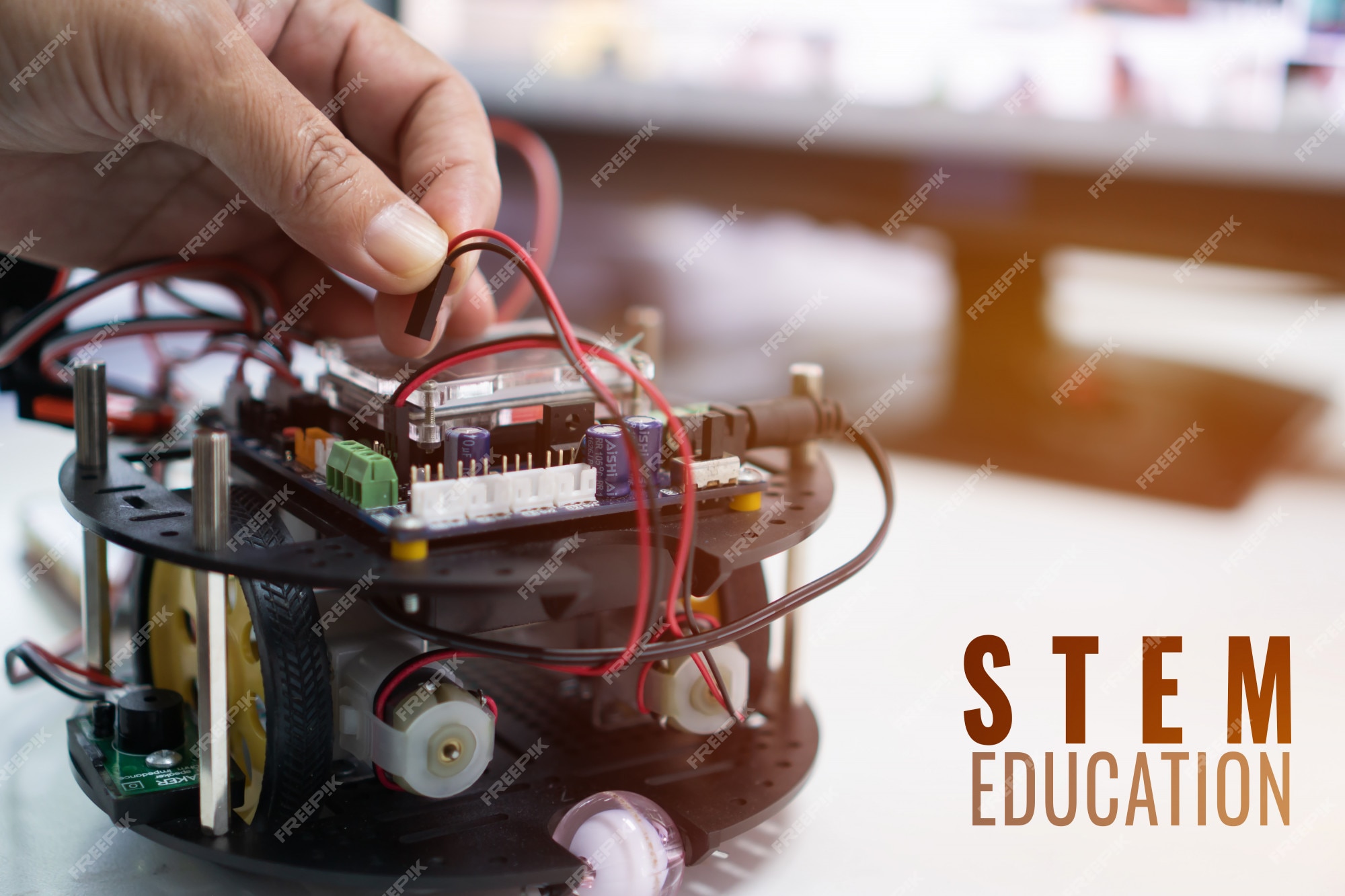
Image Source: FreeImages
Science, technology, engineering, and math are all the rage these days. With STEAM programs popping up everywhere from preschools to after-school programs and from public libraries to private schools, it seems like there’s no escape from the influence of this intriguing topic. Unfortunately, that doesn’t mean that every kid is equally interested in STEM. Which means that you need to get creative if you want your class to have any chance at all of taking an interest in STEAM. Fortunately, creating an engaging STEAM kit for the classroom is one of the easiest ways to do so. Here are some great tips for how you can build a STEM kit for your classroom without breaking the bank or spending a lot of time on research and planning.
What’s a STEM Kit?
A STEM kit is an activity kit that helps students engage with STEM topics. A STEM kit can include anything from a few supplies and a miniature activity to a full-blown activity table.The key to building a successful STEM kit is to choose activities that are engaging and hands-on, that provide a real sense of discovery and allow students to apply the concepts they learn in a real way.A good STEM kit should also be adaptable and allow you to make it relevant for the age group and skill level of the kids in your classroom.
Why Build a STEM Kit?
There are many different ways to make STEM come alive for your class. One of the simplest and most inexpensive ways to do so is to create a STEM kit for your classroom. A STEM kit is a great way for kids to get hands-on experience with various STEM topics. It’s also an excellent way to ensure that every child gets a chance to participate, regardless of skill level.A STEM kit is also a fantastic way to introduce new topics to your class. There are many kits that are specially designed to teach kids about different concepts and topics. With a STEM kit, you can introduce kids to everything from chemistry to robotics in a fun, engaging way.
How to Build a STEM Kit in the Classroom
To build a great STEM kit, you first need to decide what STEM topics you want to cover with your kit. You can either choose a mix of topics, or you can choose a single topic and use your kit to explore the different aspects of that topic. Once you’ve chosen your topic, you can start putting your kit together.You’ll want to choose your materials carefully. You can go for a variety of supplies, including things like craft supplies, toys, models, and puzzles. The trick is to find materials that combine education and entertainment. Choosing the right materials will ensure that your kit is both interesting and useful.You can store your STEM kit in a totes, drawers, or bins. If you use totes and bins, make sure that you label them so kids know what’s inside each one. Once you’ve built your kit, you can use it to introduce new topics and concepts to your class. You can also use your kit as a reward for good behavior or as an activity during times when you don’t have enough time to cover a full lesson.
STEAM Activities You Can Use in Your STEM Kit
Your kit is only as good as the activities that you put in it, so it’s important to choose wisely when selecting which activities to include. Having said that, you don’t need to make everything from scratch. You can find many STEM activities online, including puzzles, games, and crafts.If you’re looking for activities to put in your kit, there are several topics that make excellent STEM topics, including robotics, chemistry, and engineering. Robotics is a great topic to put in your kit, as it lets kids explore engineering while also letting them build something that they actually get to use.Chemistry is another excellent topic to put in your kit. It lets kids explore concepts like classification and chemical reaction, while also letting them make things like slime or other fun stuff. Engineering is another STEM topic that’s great for a STEM kit. It lets kids explore concepts like design and problem-solving while building things and applying those skills in a hands-on way.
Final Words: The Importance of Repetition
One of the best ways to ensure that kids are actually learning from and engaging with your STEM kit is to make sure that you repeat the activities and concepts from the kit over and over. If you rely on your kit too much, your kids will start to lose interest, but if you use it as an occasional reinforcement for an idea or concept, your kids will get more out of it.If you make building your STEM kit a priority, you’re sure to see an increase in engagement and excitement in your classroom. Your students will be excited and eager to get their hands on your kit, and they’ll learn important concepts while they have fun.




